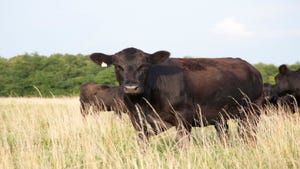March 12, 2013

The executive leaders of three of California’s statewide wine organizations sent a letter to U.S. Secretary of Agriculture Tom Vilsack urging full funding of European Grapevine Moth (EGVM) eradication efforts for 2013. The letter request for $6.5 million in USDA funding was made by John Aguirre, president of the California Association of Winegrape Growers (CAWG), Bobby Koch, president and CEO of the Wine Institute, and Paul Kronenberg, president of the Family Winemakers of California.
In the letter, the three leaders stated, “Underfunding eradication efforts this year will result in substantially more being paid in the long run to fund control activities and the prospect of serious, sustained damage to winegrape crops will hurt growers and wineries alike, greatly harming California’s economy.”
Last fall, a Technical Working Group of international and domestic experts convened by USDA’s Animal and Plant Health Inspection Service, Plant Protection and Quarantine (APHIS PPQ) released a recommended eradication plan for 2013 that costs $8.2 million to implement. Officials with the California Department of Food and Agriculture (CDFA) have expressed their willingness to contribute $1.7 million toward that eradication plan, leaving a balance of $6.5 million for USDA to fund.
In 2010, USDA and CDFA imposed a regulatory EGVM quarantine affecting 2,334 square miles in California. Since then, a comprehensive, science-based eradication program has substantially diminished populations of EGVM. As a result, quarantine restrictions were lifted last year in seven counties, plus parts of Sonoma and Solano counties. Noting the success of eradication efforts, the three wine groups commented in their letter to Vilsack, “We hope you agree with us that $6.5 million in FY 2013 to fund continued eradication activities for EGVM is a high priority and fully merited by the program’s success.”
You May Also Like




